Amber Hartman Ortez began smoking marijuana and drinking at age 11. At age 14, she was trafficked for sex and got her first taste of crack-cocaine. By 15, she was a runaway and a prostitute.
But what she calls her real path of destruction was yet to come: heroin addiction.
In recent years this newspaper has done posthumous profiles of many people like Hartman Ortez — people whose lives were snuffed out by their addictions and the ever-more-potent drugs easily available on Ohio’s streets. But this story is different. The profiles here are of people who overcame repeated setbacks and struggle before finally finding hope – and a different life story.
Drug crisis in Ohio: What solutions are making a difference?
Married and the mother of a 12-year-old daughter and a 17-month-old son, Hartman Ortez has been clean for four and a half years. Meeting her now, it’s difficult to imagine the hardened life the soft-spoken 29-year-old led for more than a decade.
“Once I got clean I developed a passion inside of me to want to help others,” she said. “That’s mostly what keeps me clean is connecting with other people and sharing what I’ve been through.”
The experiences of people like Hartman Ortez or 22-year-old Joey Lane, who nearly died from heroin overdoses twice before making recovery stick, is a counterpoint to the depressing narrative of overdose victims in convenience store bathrooms, apartment building parking lots or neighborhood alleyways. It shows that recovery can and does happen, that addiction’s tug doesn’t have to be a death sentence. And it provides a glimmer of hope in a war that communities, for a long time, felt they were losing.
No two recovery stories are exactly alike, but for each of the people interviewed here substance abuse was a symptom of larger issues of trauma, isolation and loss. Although at various stages of recovery, each expressed a desire to help others find their way out of addiction hell.
Treatment programs have long had recovery specialists who can talk about their own experiences, but having the recovery community doing its own advocacy is a fairly new concept — and an important one, said Jesse Heffernan, a certified recovery coach who now serves as the Innovative Solutions Director for America’s Rehab Campuses.
“It was kind of this emergence from church basements,” said Heffernan, who is in long-term recovery himself. “We started out with intentional anonymity because our substance abuse disorder was viewed as criminal and it was demonized.”
‘The narrative has changed’
A 2013 documentary entitled The Anonymous People helped to shift the tide, said Heffernan, because it featured celebrities speaking out — going public — about long-term recovery.
“It changed my whole life,” he said. “It seriously just shattered my allusions around what recovery is supposed to be and what it can be. That was powerful.”
Two years later, the national non-profit organization Facing Addiction held the first recovery rally on the National Mall in Washington, D.C. About 30,000 people attended the event.
“It hadn’t really been done before like that,” Heffernan said.
In fact it used to be very rare to see someone step in front of their church congregation or civic organization — let alone television cameras — and tell their story of addiction and recovery, said Greg Delaney, a pastor and outreach coordinator for Woodhaven Recovery in Dayton.
Delaney, who also serves as faith coordinator for Ohio Attorney General Mike DeWine’s Heroin Unit, appeared at the White House earlier this month and spoke of his own battle with addiction.
“I was so blessed to share at the White House and I’m someone who almost died from my addiction,” he said. “You just didn’t do that (in the past).
RELATED: Xenia pastor to White House panel: 'I almost lost my life to addiction'
“The climate has changed,” Delaney said. “The narrative has changed.”
Heffernan emphasizes that every person’s recovery from addiction is different. For some, complete abstinence is the only way, while others need medication-assisted treatment or even a pathway that embraces moderation.
“The idea that someone who was shooting up 15 times a week now just drinks a six-pack of beer — to the old school community, that’s not recovery, but I’d say it is,” Heffernan said. “The thing that I try to teach most is that if someone in their life in one day can move one degree towards having better quality of life, that’s recovery.”
‘Beaten, battered and broken’
Joey Lane of Eaton started using drugs at a young age, went into treatment — three times — and slipped up more than once, coming very close to death. Now 22 and a year clean from heroin, his story is one that offers hope to people in all stages of recovery.
“I grew up always wanting acceptance from others,” he said. “I started hanging out with older people in a scene where drugs were and finding out how much money you could make from drugs. I saw everybody liked the drug dealer.”
He tried heroin for the first time at age 16 and spent the rest of his teen years in and out of jail and rehab.
On March 1, 2017, he checked himself in for in-patient treatment at Woodhaven in Dayton — his second time there. This time, coming off two overdoses and waking up "crying, not wanting to be alive, wishing they wouldn’t have revived me,” something clicked. “This time,” he said, “I was beaten, battered and broken.”
People often talk of traumatic events leading them toward destructive behavior, but for Lane, it had the opposite effect. Forty-five days into his treatment his father, who battled alcohol addiction, took his own life.
“Dying twice and then 45 days into treatment my dad committed suicide, really opened my eyes that I need to stop this,” he said.
Lane knows the biggest hurdle for those with substance use disorders isn’t getting into treatment. It is making the transition from the supportive, insulated atmosphere of rehab back into the real world. It is the reason experts are recognizing recovery housing and programming as a vital weapon for battling the opioid epidemic.
Lane said he slipped up when Father’s Day came just two weeks after his treatment ended. He left the sober living house he was staying at and went to have a drink in memory of his dad. He knew immediately it wasn’t the right move and made a call to a friend.
Two days later he was living at a recovery house run by Good Shepherd Ministries, one of a network of small, faith-based non-profits that Montgomery County’s Alcohol, Drug Addiction & Mental Health Services Board (ADAMHS) is working with to help bolster local recovery efforts in a coordinated way.
"Do I always see myself as somewhat of a defective person, or do I see it as a disease and I was fortunate enough to get the help I need?"
The county recognized several years ago that people coming out of rehab faced a huge barrier in finding a safe and sober living situation where they could begin to put their lives back together. Because Medicaid and other health insurance plans don’t cover recovery or sober living houses, this work — considered crucial by recovery experts — was being done by a disconnected handful of mostly faith-based groups on shoestring budgets.
To help remedy that situation, the county applied for capital improvement money and used it to purchase and renovate three residential houses that were turned over to non-profits to run, with subsidies from the county.
Today, the county helps fund 50 recovery beds through seven non-profit organizations, and is working with more groups to get them certified according to Ohio Recovery Housing standards. That means they get inspected regularly and it allows them to qualify for more grant funding.
“We know how important recovery housing is and we want it to be high quality,” said Pam Stanley, housing coordinator for ADAMHS. “Many people have been through treatment many, many times and not been successful.”
That was Lane’s story until recovery changed his life. He has managed the thrift store at Good Shepherd for the last six months and is now hoping to go to school and become a drug counselor.
“I’m so appreciative of life, because I always thought that I had it worse than anybody,” he said. “And now I know that there’s others that have had life a whole lot worse and got clean.”
‘The environment I was looking for’
Joshua Marshall has never been to prison and never abused opioids. His struggle has been alcohol addiction, but it mirrors the same uphill battle as the others.
Marshall hopes that maybe the attention being paid to addiction treatment and recovery because of the opioid epidemic will mean better research into the science of addiction and better ways to treat it.
“A big turning point for me was, I was in a car accident and got a traumatic brain injury,” he said. The 25-year-old initially stopped drinking following that crash, but soon found he was back to blacking out and driving drunk to get more beer.
“I didn’t feel like I could control it anymore,” Marshall said. “I would always find myself behind the wheel. I didn’t want to risk that anymore because I had an OVI.”
His “divine intervention” came when a family friend who cut his hair started calling and checking up on him, and eventually disclosed that he was in long-term recovery from addiction.
"All I see really clearly is just the rest of today."
Marshall has been at Good Shepherd for six months and is looking forward to getting back to work. He previously worked as a pipe fitter on construction jobs, but his peer supporters are worried that might not be a healthy environment to go back to.
A Dayton Daily News analysis of overdose deaths last year found construction workers were seven times more likely to succumb to a fatal overdose of pills, heroin or fentanyl than the average worker. The physical stress of the job, access to health care and job site culture were sited as reasons for the trend.
His peers at Good Shepherd have urged Marshall to go back to college to expand his job prospects.
“We kind of stick up for each other and it’s exactly the environment I was looking for,” he said.

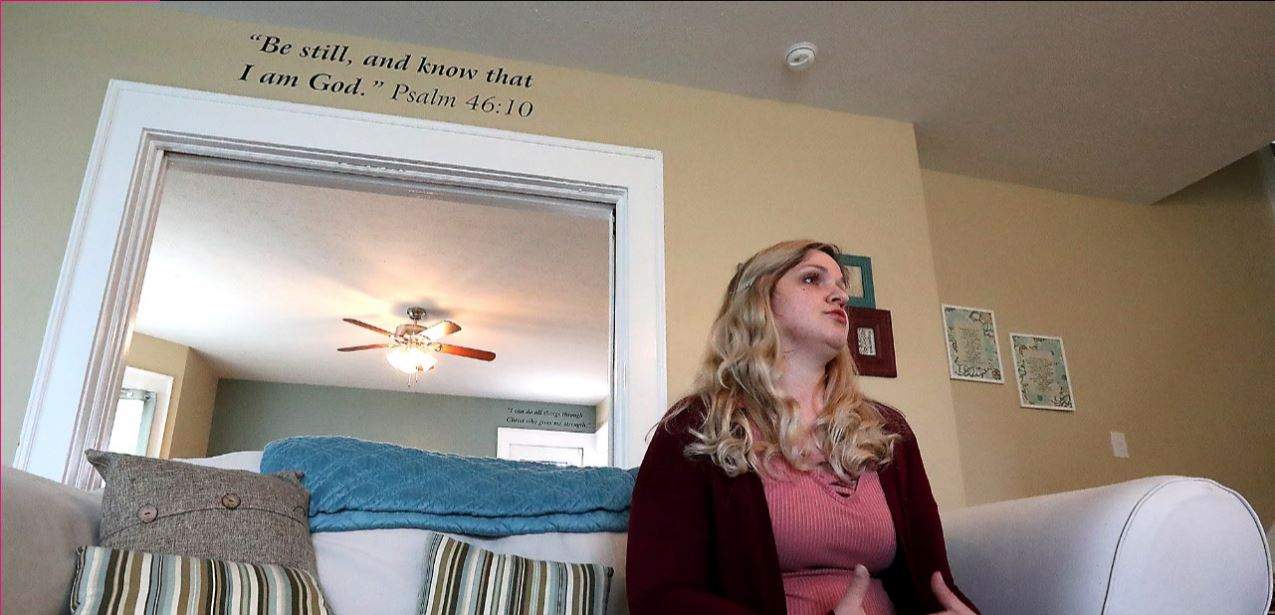
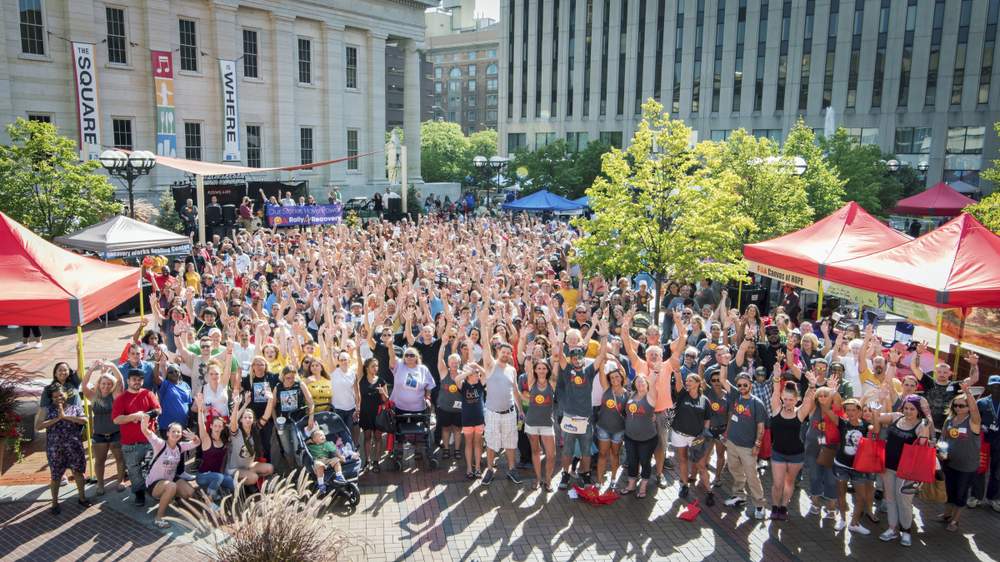

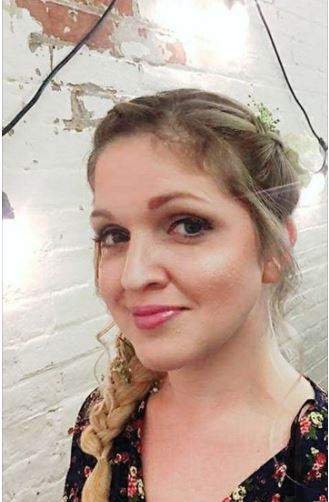
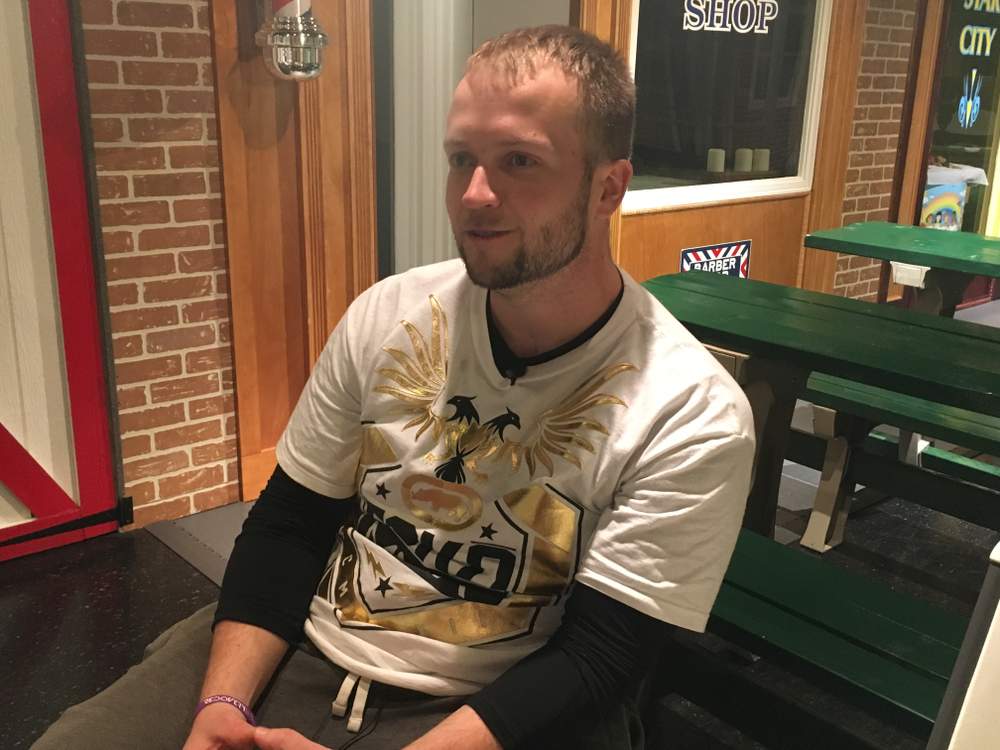
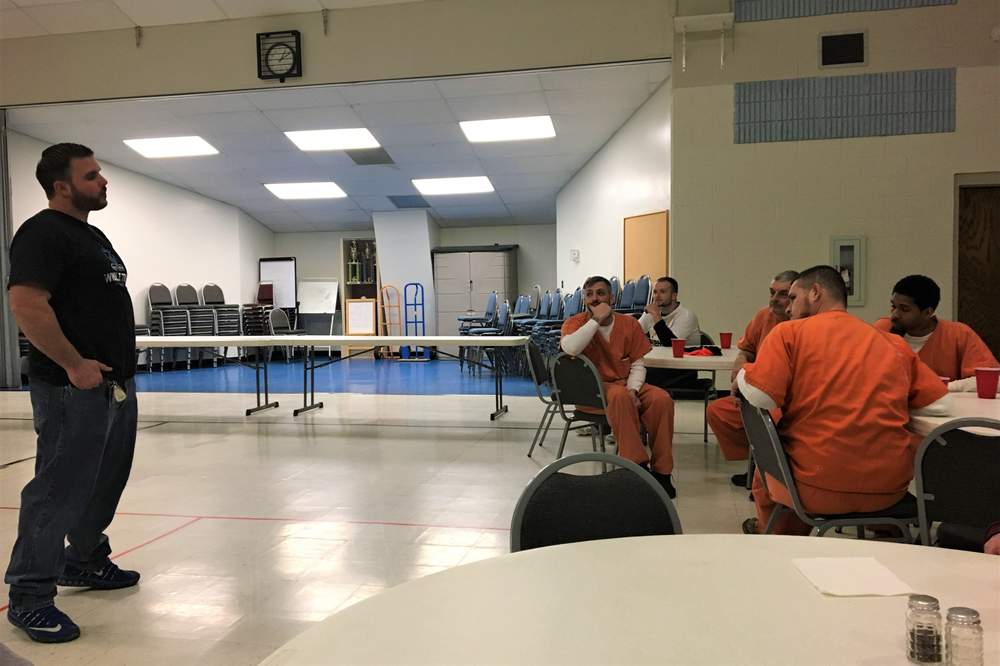
Please confirm the information below before signing in.